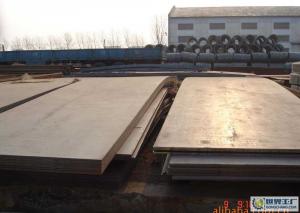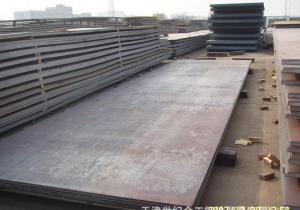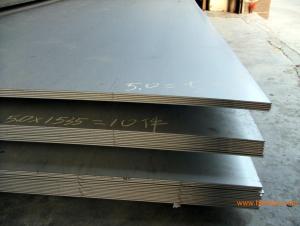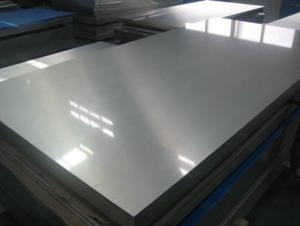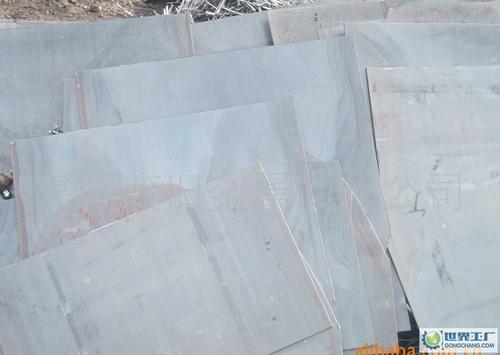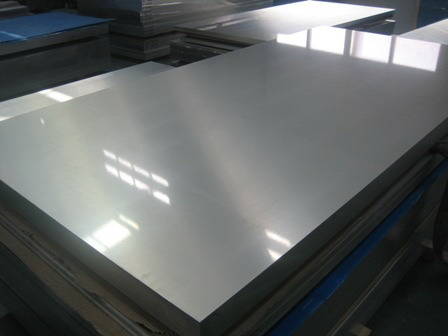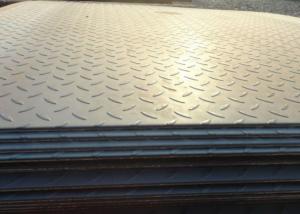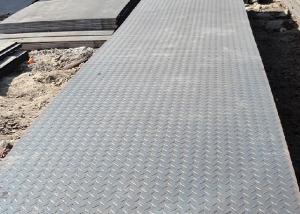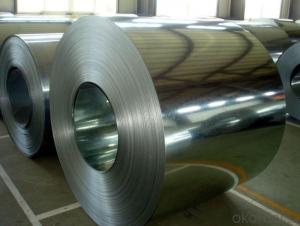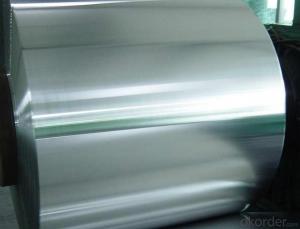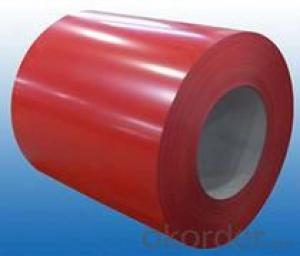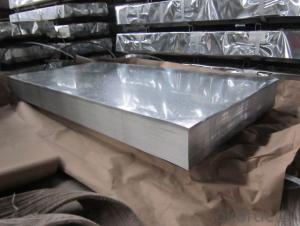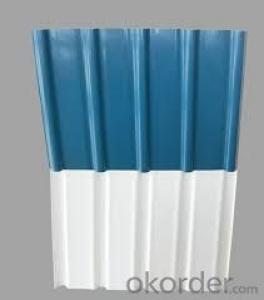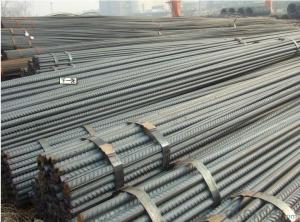Deformed Bar Hot Rolled High Quality 6mm-50mm ASTM or BS4449
- Loading Port:
- China Main Port
- Payment Terms:
- TT or LC
- Min Order Qty:
- -
- Supply Capability:
- -
OKorder Service Pledge
OKorder Financial Service
You Might Also Like
Product Description:
OKorder is offering Deformed Bar Hot Rolled High Quality 6mm-50mm ASTM or BS4449at great prices with worldwide shipping. Our supplier is a world-class manufacturer of steel, with our products utilized the world over. OKorder annually supplies products to European, North American and Asian markets. We provide quotations within 24 hours of receiving an inquiry and guarantee competitive prices.
Product Applications:
Deformed bar is widely used in buildings, bridges, roads and other engineering construction. Big to highways, railways, bridges, culverts, tunnels, public facilities such as flood control, dam, small to housing construction, beam, column, wall and the foundation of the plate, deformed bar is an integral structure material. With the development of world economy and the vigorous development of infrastructure construction, real estate, the demand for deformed bar will be larger and larger
Product Advantages:
OKorder's Deformed Bar Hot Rolled High Quality 6mm-50mm ASTM or BS4449 are durable, strong, and resist corrosion, exact size, regular package, chemical and mechanical properties are stable.
Main Product Features:
· Premium quality
· Prompt delivery & seaworthy packing (30 days after receiving deposit)
· Corrosion resistance
· Can be recycled and reused
· Mill test certification
· Professional Service
· Competitive pricing
Product Specifications:
Manufacture: Hot rolled
Grade: BS4449
Certificates: ISO, SGS, BV, CIQ
Diameter: 6mm,8mm,10mm,12mm,14mm,16mm,18mm,20mm,
22mm,25mm,28mm,32mm,36mm,40mm,50mm
Length: 6M, 9M,12M or as required
Packaging: Export packing, nude packing, bundled
Chemical Composition: (Please kindly find our chemistry of our material based on HRB500 as below for your information)
Grade | Technical data of the original chemical composition (%) | ||||||
C | Mn | Si | S | P | V | ||
HRB400 | ≤0.25 | ≤1.60 | ≤0.80 | ≤0.045 | ≤0.045 | 0.04-0.12 | |
Physical capability | |||||||
Yield Strength (N/cm²) | Tensile Strength (N/cm²) | Elongation (%) | |||||
≥400 | ≥570 | ≥14 | |||||
Theoretical weight and section area of each diameter as below for your information:
Diameter(mm) | Section area (mm²) | Mass(kg/m) | Weight of 12m bar(kg) |
6 | 28.27 | 0.222 | 2.664 |
8 | 50.27 | 0.395 | 4.74 |
10 | 78.54 | 0.617 | 7.404 |
12 | 113.1 | 0.888 | 10.656 |
14 | 153.9 | 1.21 | 14.52 |
16 | 201.1 | 1.58 | 18.96 |
18 | 254.5 | 2.00 | 24 |
20 | 314.2 | 2.47 | 29.64 |
22 | 380.1 | 2.98 | 35.76 |
25 | 490.9 | 3.85 | 46.2 |
28 | 615.8 | 4.83 | 57.96 |
32 | 804.2 | 6.31 | 75.72 |
36 | 1018 | 7.99 | 98.88 |
40 | 1257 | 9.87 | 118.44 |
50 | 1964 | 15.42 | 185.04 |
FAQ:
Q1: How do we guarantee the quality of our products?
A1: We have established an advanced quality management system which conducts strict quality tests at every step, from raw materials to the final product. At the same time, we provide extensive follow-up service assurances as required.
Q2: What makes stainless steel stainless?
A2: Stainless steel must contain at least 10.5 % chromium. It is this element that reacts with the oxygen in the air to form a complex chrome-oxide surface layer that is invisible but strong enough to prevent further oxygen from "staining" (rusting) the surface. Higher levels of chromium and the addition of other alloying elements such as nickel and molybdenum enhance this surface layer and improve the corrosion resistance of the stainless material.
Q3: Can stainless steel rust?
A3: Stainless does not "rust" as you think of regular steel rusting with a red oxide on the surface that flakes off. If you see red rust it is probably due to some iron particles that have contaminated the surface of the stainless steel and it is these iron particles that are rusting. Look at the source of the rusting and see if you can remove it from the surface.
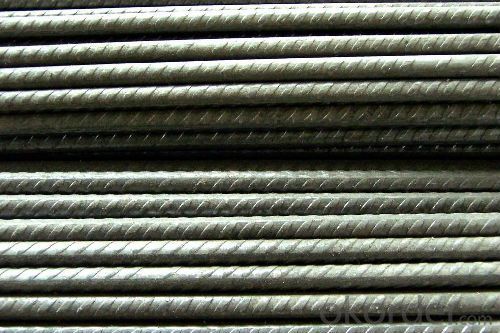
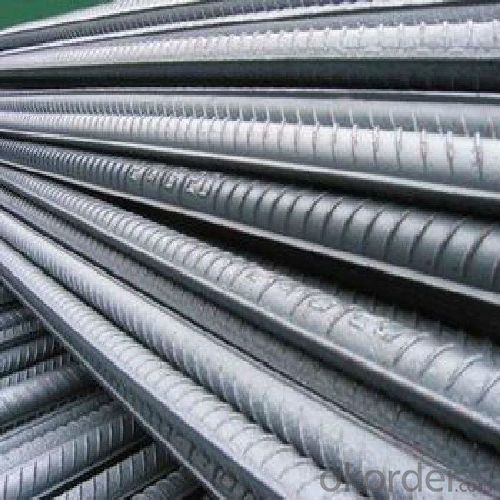
- Q: What are the different types of surface patterns available for steel sheets?
- Steel sheets come in a variety of surface patterns, each with its own unique properties and appearances. Here are some of the most common patterns: 1. Smooth: Smooth steel sheets have a flat and even surface, without any visible patterns or textures. They are used when functionality is more important than aesthetics. 2. Diamond: Diamond pattern steel sheets have a raised diamond-shaped pattern, providing excellent slip resistance. They are suitable for areas where grip is important, such as flooring and stairs. 3. Checkered: Checkered steel sheets have a grid-like pattern with raised and recessed squares or rectangles. This pattern enhances slip resistance and is commonly used in industrial and transportation applications. 4. Embossed: Embossed steel sheets have a textured pattern pressed or rolled onto the surface. They can have designs like wood grain or geometric shapes, and are used in interior and architectural applications for their decorative and tactile qualities. 5. Perforated: Perforated steel sheets have evenly spaced holes or perforations, allowing for air, light, and sound to pass through. They are used in industries such as filtration and ventilation. 6. Brushed: Brushed steel sheets have a satin-like finish achieved by mechanically polishing the surface in one direction. This creates a sleek and modern appearance, commonly seen in architectural and decorative applications. 7. Rustic: Rustic steel sheets have a weathered or aged appearance, resembling rusted or patinated metal. This aesthetic is achieved through chemical treatments or specialized coatings, and is popular in architectural and interior design. These are just a few examples of the different surface patterns available for steel sheets. The choice of pattern depends on the desired functionality, aesthetics, and specific requirements of the application.
- Q: How do steel sheets handle static electricity?
- Steel sheets possess excellent electrical conductivity, including the conduction of static electricity. This is due to their high electrical conductivity, allowing them to swiftly eliminate any static charge that accumulates on their surfaces. The effectiveness in handling static electricity is mainly attributed to the presence of unbound electrons within the atomic structure of the steel. When a static charge is applied to a steel sheet, these unbound electrons promptly relocate themselves, nullifying the charge and preventing the accumulation or release of static electricity. Furthermore, steel sheets are frequently coated with a thin protective layer, such as zinc or paint, which further enhances their capacity to dissipate static charges. In general, steel sheets are renowned for their dependable performance in managing static electricity and are commonly utilized in various industrial applications where electrostatic discharge may pose risks to safety or cause damage.
- Q: Can steel sheets be used for manufacturing containers or tanks?
- Yes, steel sheets can be used for manufacturing containers or tanks. Steel is a popular choice due to its strength, durability, and ability to withstand extreme temperatures and pressures. Steel sheets can be formed, welded, and reinforced to create containers or tanks of various sizes and shapes, making them suitable for a wide range of industrial applications.
- Q: What are the different sizes of steel sheets available?
- The different sizes of steel sheets available can vary depending on the specific manufacturer and supplier. Common sizes include 4x8 feet, 4x10 feet, and 5x10 feet, but there are also custom sizes available to meet specific project requirements.
- Q: Can the steel sheets be used in harsh environments?
- Yes, steel sheets can be used in harsh environments. Steel is known for its durability, strength, and resistance to various environmental factors such as extreme temperatures, moisture, corrosion, and chemical exposure. Therefore, steel sheets are often utilized in industries and applications that require materials capable of withstanding harsh conditions.
- Q: Can the steel sheets be bent without cracking?
- Steel sheets have the capability to be bent without cracking. This capability relies on several factors including the type and grade of steel, the thickness of the sheet, and the bending process employed. As a general rule, steel sheets can be bent without cracking as long as the bending radius and angle fall within the recommended limits specific to the type and grade of steel being used. Furthermore, preheating the steel sheet before bending can further mitigate the risk of cracking. It is crucial to adhere to proper bending techniques and utilize suitable tools to guarantee successful bending of steel sheets without any cracks.
- Q: Are the steel sheets suitable for automotive body repairs?
- Yes, steel sheets are suitable for automotive body repairs. Steel is a commonly used material in the automotive industry due to its high strength and durability. It is able to withstand impact and provides structural integrity to the vehicle's body. Steel sheets are often used in repairing damaged or dented body panels, allowing for a seamless repair that restores the vehicle's original shape and strength. Additionally, steel sheets can be easily manipulated and shaped to match the specific contours of the vehicle, ensuring a precise and accurate repair.
- Q: What is the process of applying insulation materials to steel sheets?
- The process of applying insulation materials to steel sheets typically involves several steps. First, the steel sheets are thoroughly cleaned and prepared to ensure proper adhesion of the insulation material. Then, a layer of adhesive is applied to the surface of the steel sheets. Next, the insulation material, such as foam or fiberglass, is cut and shaped to fit the dimensions of the steel sheets. The insulation material is then carefully placed onto the adhesive-coated steel sheets, ensuring proper alignment and coverage. Finally, the insulation material is pressed or secured in place to ensure a tight bond with the steel sheets.
- Q: What is the lifespan of a steel sheet?
- The lifespan of a steel sheet can vary depending on several factors such as the quality of the steel, the environment it is exposed to, and the maintenance it receives. However, on average, a properly maintained steel sheet can last anywhere from 20 to 30 years or even longer.
- Q: What is the average fire rating for steel sheets?
- The average fire rating for steel sheets can vary depending on the specific type and thickness of the steel, as well as any additional fireproofing measures applied. However, in general, steel sheets typically have a fire rating of around 30 to 60 minutes.
Send your message to us
Deformed Bar Hot Rolled High Quality 6mm-50mm ASTM or BS4449
- Loading Port:
- China Main Port
- Payment Terms:
- TT or LC
- Min Order Qty:
- -
- Supply Capability:
- -
OKorder Service Pledge
OKorder Financial Service
Similar products
Hot products
Hot Searches
Related keywords

